OLD SCHOOL

The first thing you notice when walking into the middle-school class rooms at Brilla, a charter-school network in the South Bronx, is the sense of calm. No phones are out. The students are quiet—not in the beaten-down way of those under authoritarian rule but in the way of those who seem genuinely interested in their work. Sixth graders participate in a multiday art project after studying great painters such as Matisse. Seventh graders prepare to debate whether parents should be punished for the crimes of their minor children. Another group of sixth graders, each holding a violin or a cello, read out notes from sheet music. A teacher cues them to play the lines pizzicato, and they pluck their strings in unison.
Brilla is part of the classical education movement, a fast-growing effort to fundamentally reorient schooling in America. Classical schools offer a traditional liberal arts education, often focussing on the Western canon and the study of citizenship. The classical approach, which prioritizes some ways of teaching that have been around for more than two thousand years, is radically different from that of public schools, where what kids learn— and how they learn it—varies wildly by district, school, and even classroom.
Diese Geschichte stammt aus der March 18, 2024-Ausgabe von The New Yorker.
Starten Sie Ihre 7-tägige kostenlose Testversion von Magzter GOLD, um auf Tausende kuratierte Premium-Storys sowie über 8.000 Zeitschriften und Zeitungen zuzugreifen.
Bereits Abonnent ? Anmelden
Diese Geschichte stammt aus der March 18, 2024-Ausgabe von The New Yorker.
Starten Sie Ihre 7-tägige kostenlose Testversion von Magzter GOLD, um auf Tausende kuratierte Premium-Storys sowie über 8.000 Zeitschriften und Zeitungen zuzugreifen.
Bereits Abonnent? Anmelden
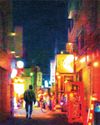
Hatagaya Lore Bryan Washington
We moved to Tokyo from Dallas because of my husband's job, an unexplainable tech gig.
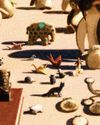
A MATTER OF FACTS
On the loss of two sons.
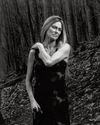
OPEN SECRET
Why did police let one of America's most prolific predators get away for so long?
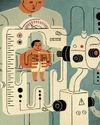
BEYOND THE CURVE
In medicine and public health, we cling to universal benchmarks—at a cost.
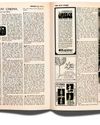
Richard Brody on Pauline Kael's "Notes on Heart and Mind"
When Pauline Kael joined The New Yorker’s staff as a movie critic, in January, 1968, the world of cinema was undergoing drastic change.
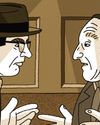
CHORAL HISTORY
“The Alto Knights.”

THE ELEMENTS OF STYLE, 2025
Reliable news coverage has never been more important than it is now. Journalists must remain vigilant and rigorous in the face of a second Trump Administration. To help them do so, we are releasing an updated version of Strunk and White’s “Elements of Style.” Please refer to the following examples when writing and reporting, for as long as that’s still allowed.

CHARACTER STUDIES
“Purpose” on Broadway and “Vanya” downtown.

DO YOU KNOW JESUS?
Why the Gospel stories won’t stay dead and buried.
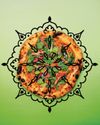
HOME SLICE
The making of an Indian American specialty.
